What happened to all of Henry VIII’s wives
The story of Henry VIII and his six wives is a tale rich with intrigue, power, and drama. Each marriage was unique, shaped by a mixture of personal desire and political necessity.
From ambitious courtships to dramatic downfalls, these unions left an indelible mark on English history. Join us as we delve into the lives of these queens and explore how they influenced the course of the Tudor dynasty.
Meet Henry VIII: The Man, The King, The Husband

Henry VIII was a complex figure, known for his charisma and ruthlessness. As king from 1509 to 1547, he was a patron of the arts and a keen sportsman. Yet, his reign is often overshadowed by his tumultuous marital life.
Henry’s desire for a male heir drove many of his decisions, leading to dramatic religious and political shifts. His marriages reflect his personal ambitions and the turbulent times in which he lived.
Catherine of Aragon: The Loyal Spanish Princess
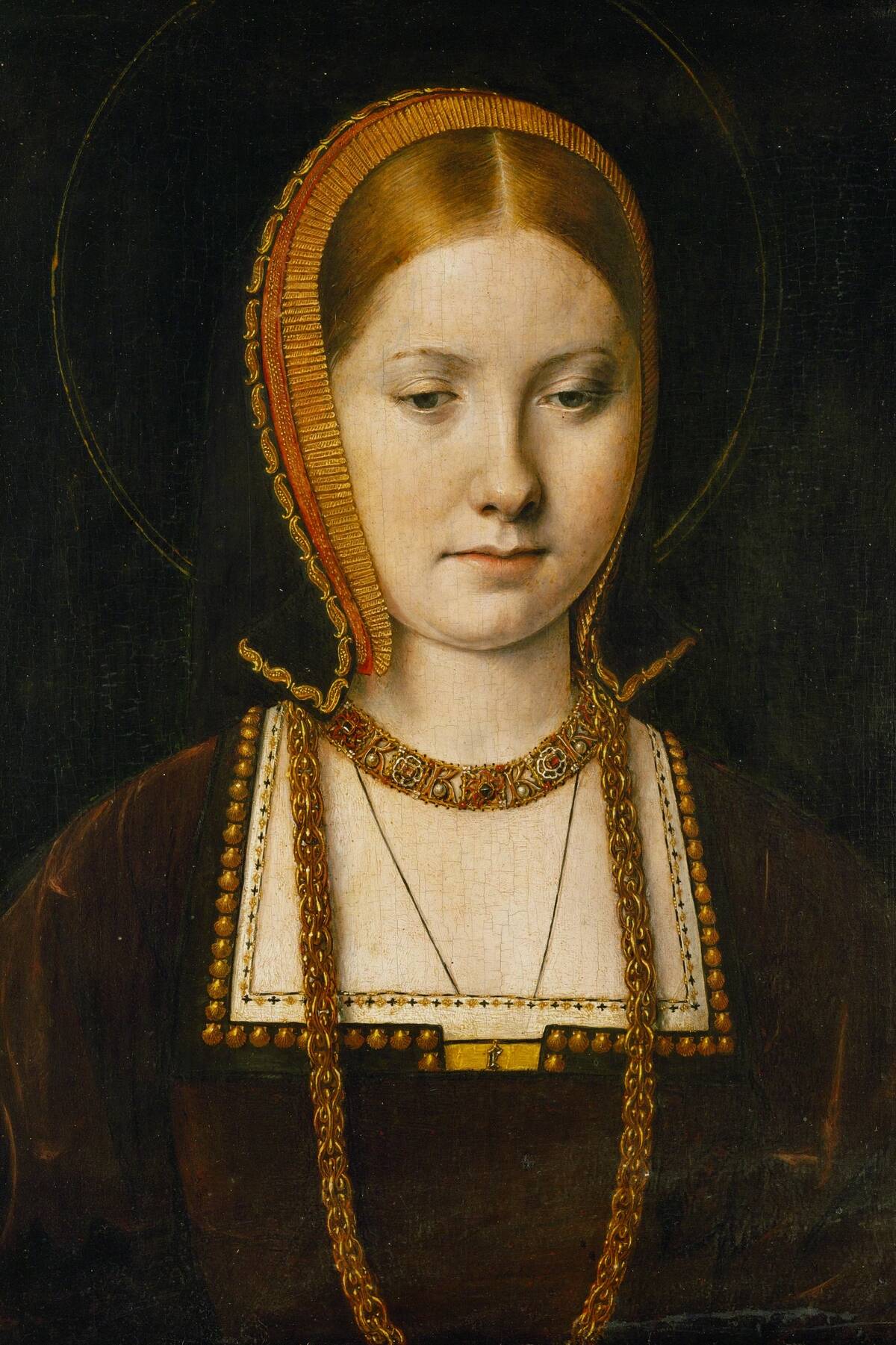
Catherine of Aragon was Henry’s first wife and queen for over two decades. A Spanish princess, she was initially married to Henry’s brother, Arthur, but became Henry’s bride after Arthur’s untimely death.
Catherine was deeply committed to her role, but the couple’s failure to produce a male heir strained the marriage. Despite her devout Catholic faith and popularity among the people, Henry’s desire for an annulment would set the stage for England’s break with Rome.
The Annulment Controversy: Breaking with Rome
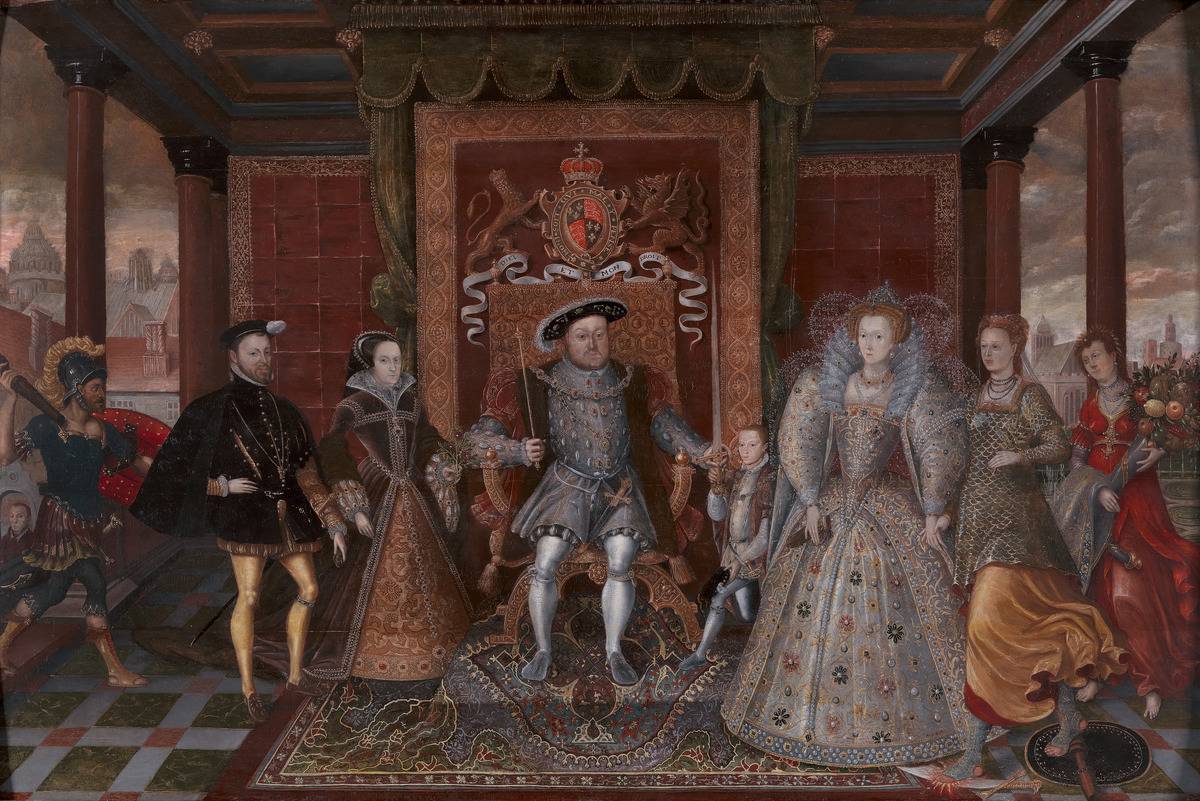
The annulment of Henry’s marriage to Catherine was more than a personal matter; it was a seismic religious shift. When Pope Clement VII refused to grant the annulment, Henry took radical action.
This led to the English Reformation, where Henry declared himself the Supreme Head of the Church of England. This pivotal decision not only allowed him to marry Anne Boleyn but also altered the religious landscape of England forever.
Anne Boleyn: The Enigmatic Queen
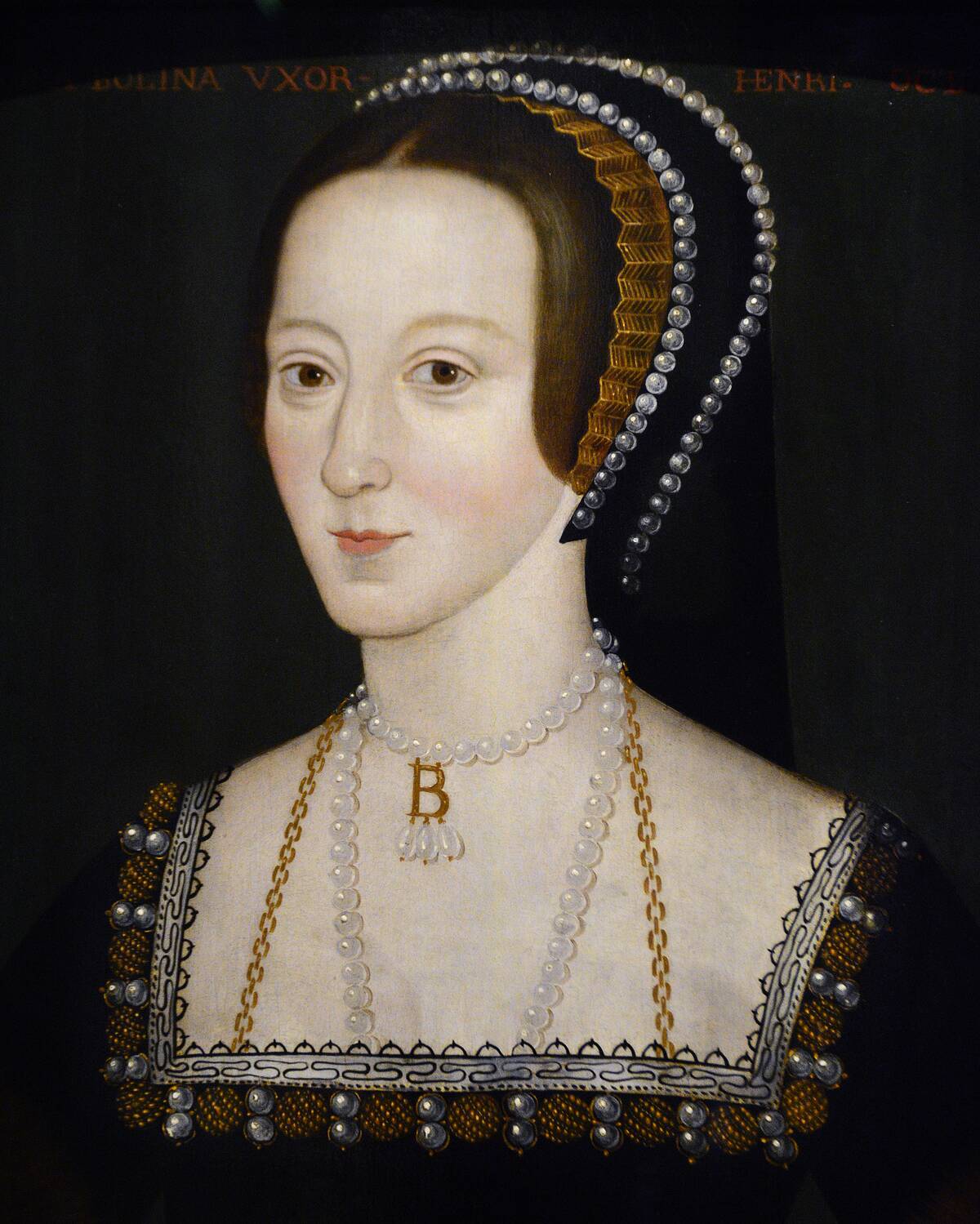
Anne Boleyn was a captivating figure whose intelligence and charm enchanted Henry. Her refusal to become his mistress led to his drastic measures to marry her.
As queen, Anne was a key figure in the English Reformation, and her ambitions and allure made her both loved and hated. Despite her influence, she could not secure her position, as the birth of a daughter, Elizabeth, instead of a son, turned Henry’s affections.
The Fall of Anne Boleyn: Treason and Tragedy
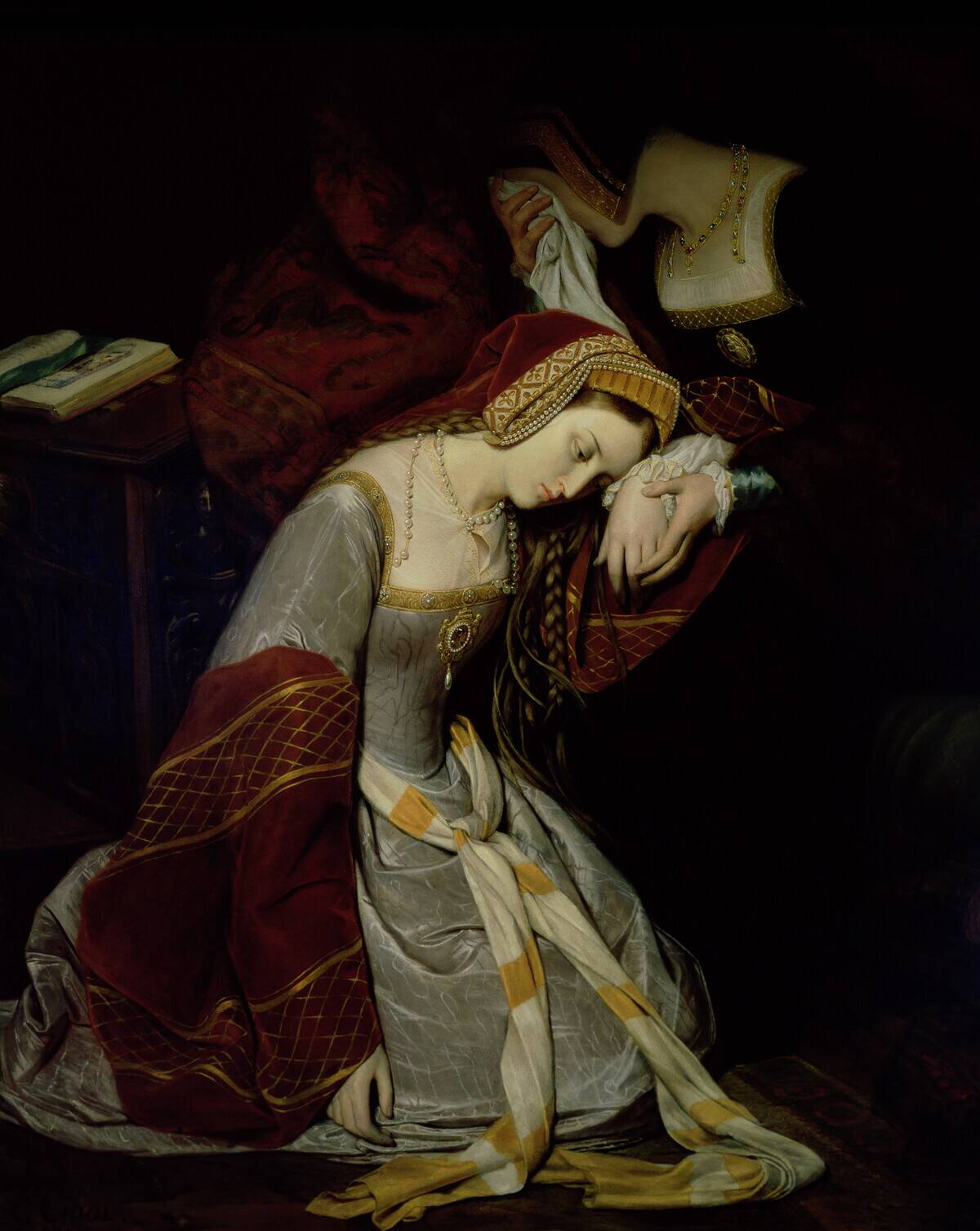
Anne Boleyn’s fall from grace was swift and brutal. Charged with adultery, incest, and treason, her trial was marked by dubious evidence and political maneuvering. Many historians believe her execution was orchestrated by Henry to clear the path for a new marriage.
Anne’s legacy endures through her daughter, Elizabeth I, who became one of England’s greatest monarchs. Her tragic end remains a poignant reminder of the perilous nature of court life.
Jane Seymour: The King’s True Love?

Jane Seymour is often portrayed as Henry’s favorite wife, though she was queen for only a short time. Known for her gentle demeanor, Jane provided the stability that Henry craved after Anne’s tumultuous reign.
She succeeded in giving Henry his long-desired male heir, Edward, which solidified her place in history. However, her early death shortly after childbirth left Henry heartbroken and in search of another companion.
Jane’s Legacy: Mother of an Heir
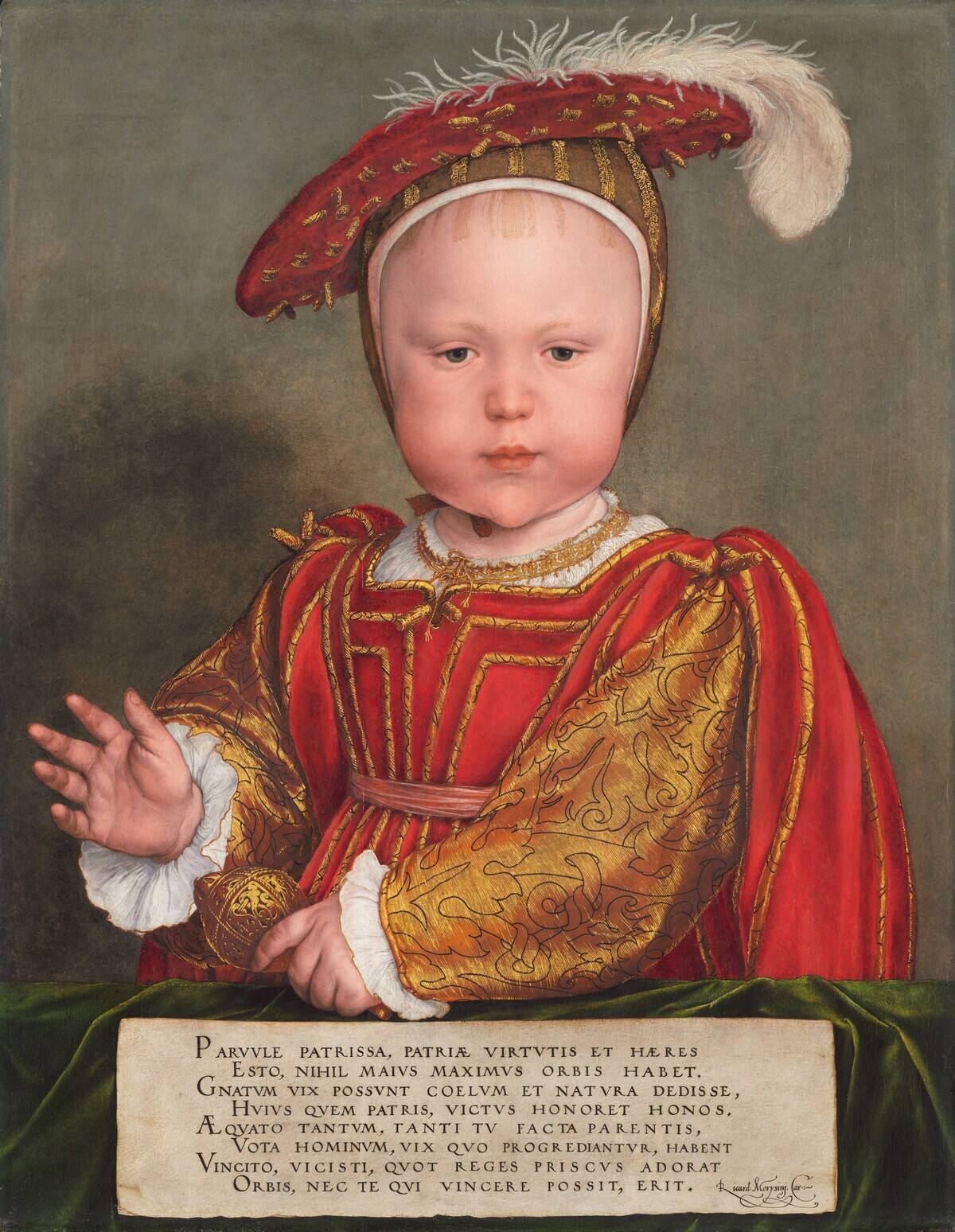
Jane Seymour’s most significant contribution was giving birth to the future King Edward VI. Her son ascended to the throne at a young age, but his reign was brief, lasting only six years due to his untimely death.
Jane’s legacy lived on through Edward’s Protestant reforms, which shaped England’s religious future. Despite her short tenure as queen, Jane’s impact on the Tudor line was profound.
Anne of Cleves: The Political Match

Anne of Cleves was chosen as Henry’s fourth wife for political reasons, intended to strengthen ties with Protestant territories in Germany. Known for her diplomatic nature, Anne was described by Henry as lacking the beauty he expected.
Their marriage was never consummated, leading to an amicable annulment. Anne accepted her fate with grace and was granted the title of the King’s Beloved Sister, living comfortably in England thereafter.
The Marriage That Was Never Consummated

The union between Henry VIII and Anne of Cleves is famously known for its lack of physical consummation. Henry claimed to be displeased with Anne’s appearance, and their marriage quickly dissolved.
Despite this, Anne’s intelligence and adaptability endeared her to Henry, and she remained in his favor. Her ability to navigate the political landscape ensured her safety and comfort, making her one of the few wives to survive Henry. In fact, she even outlived the other wife who survived him.
Catherine Howard: The Young and the Reckless

Catherine Howard was a youthful and vivacious presence at court, capturing Henry’s attention with her charm. As a cousin of Anne Boleyn, she was familiar with the dangers of court life, yet her marriage to Henry was fraught with risk.
Her indiscretions and lack of experience ultimately led to her downfall. Catherine’s brief reign as queen was marked by lavish celebrations, but her naivety would soon catch up with her.
A Scandalous Affair: The Downfall of Catherine Howard
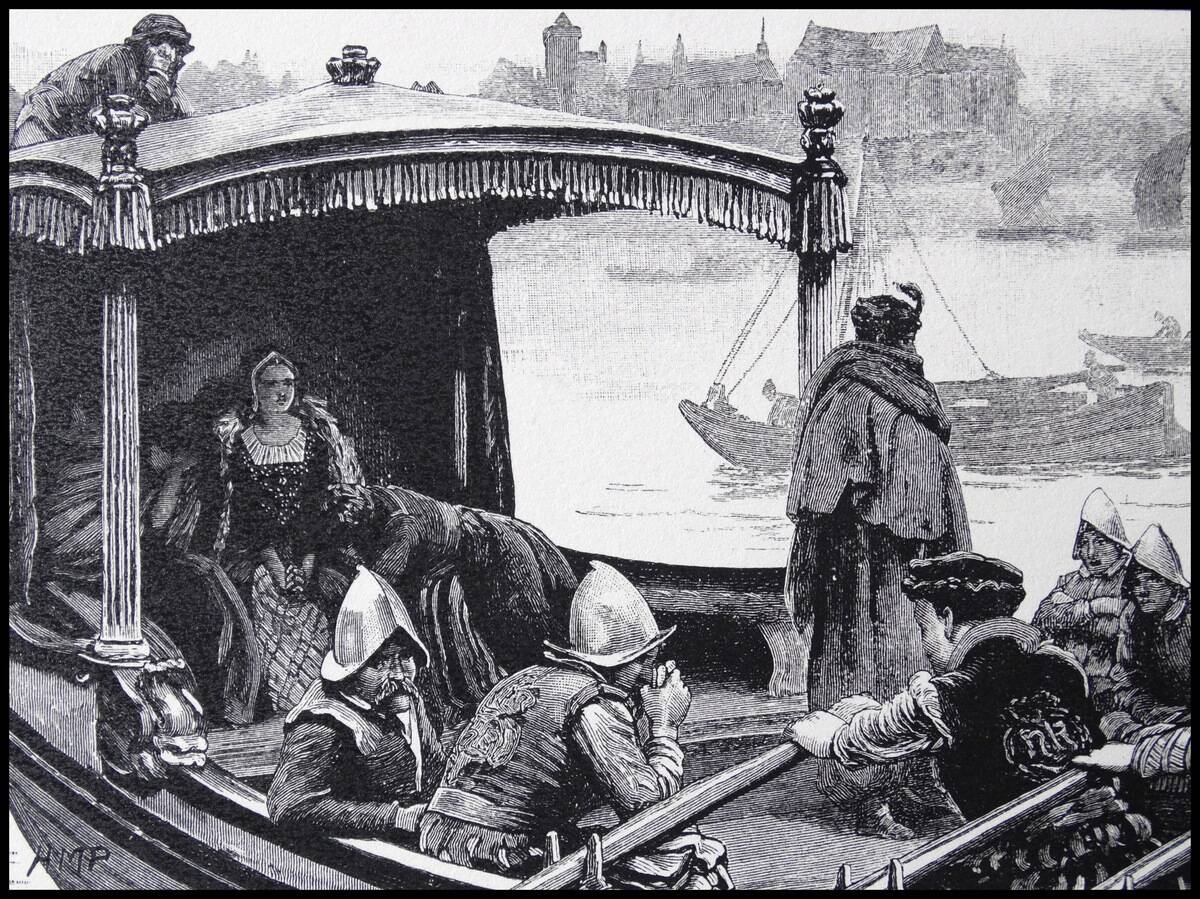
Catherine Howard’s tenure as queen ended in scandal and tragedy. Accused of adultery, her past relationships were brought to light, leading to her arrest. The charges against her were undeniable, and she was executed at the Tower of London.
Her downfall underscored the perilous nature of the Tudor court, where youthful indiscretions could have fatal consequences. Catherine’s tragic story serves as a cautionary tale of the dangers of power.
Katherine Parr: The Survivor Queen
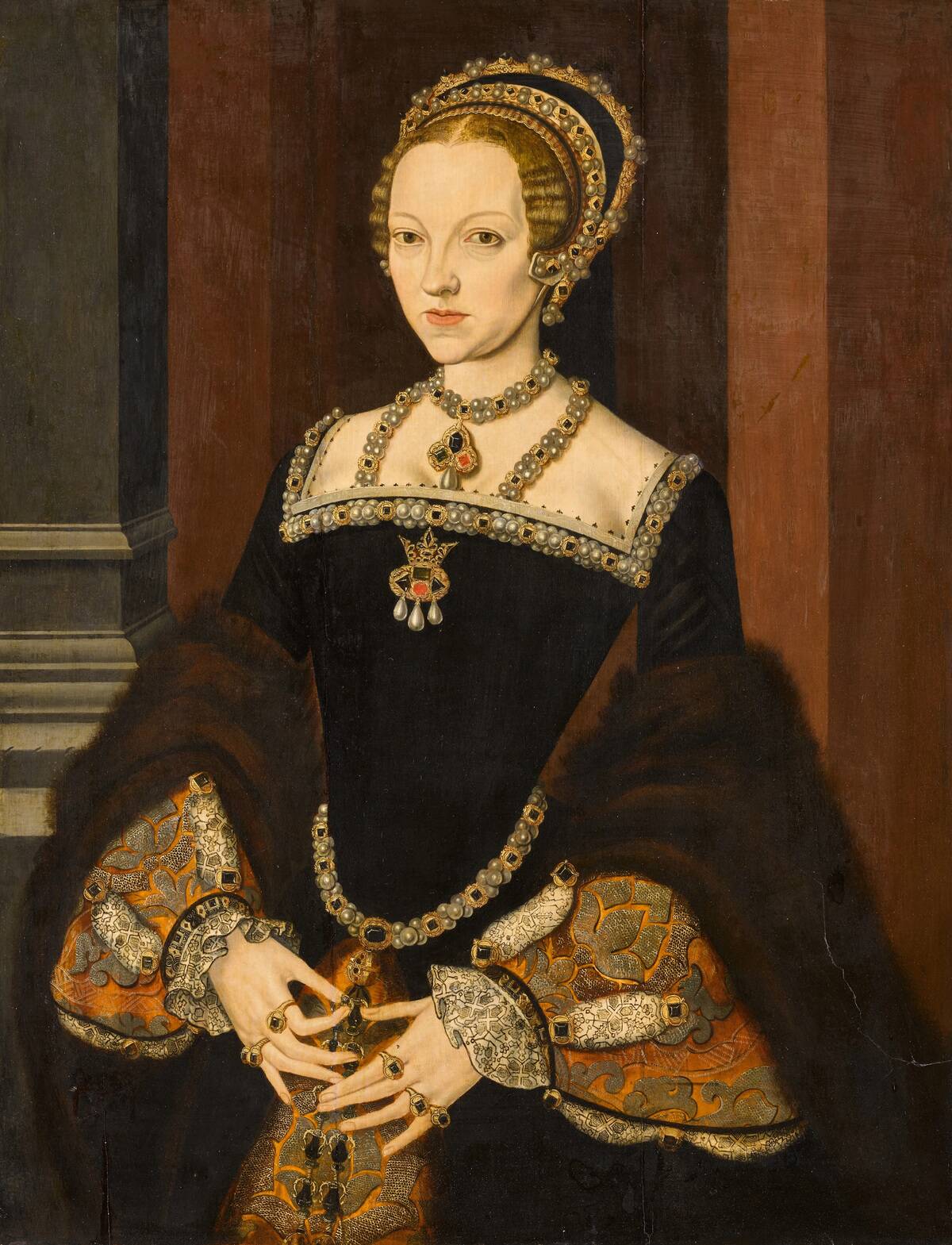
Katherine Parr was the last of Henry’s wives, known for her intelligence and compassion. As a twice-widowed woman with four total marriages, she was the most-married queen consort.
Katherine was instrumental in reuniting Henry with his daughters, Mary and Elizabeth, and played a key role in promoting the education of women. Her influence extended beyond her marriage, as she was a published author and advocate for religious reform.
Katherine Parr’s Role in Henry’s Final Years
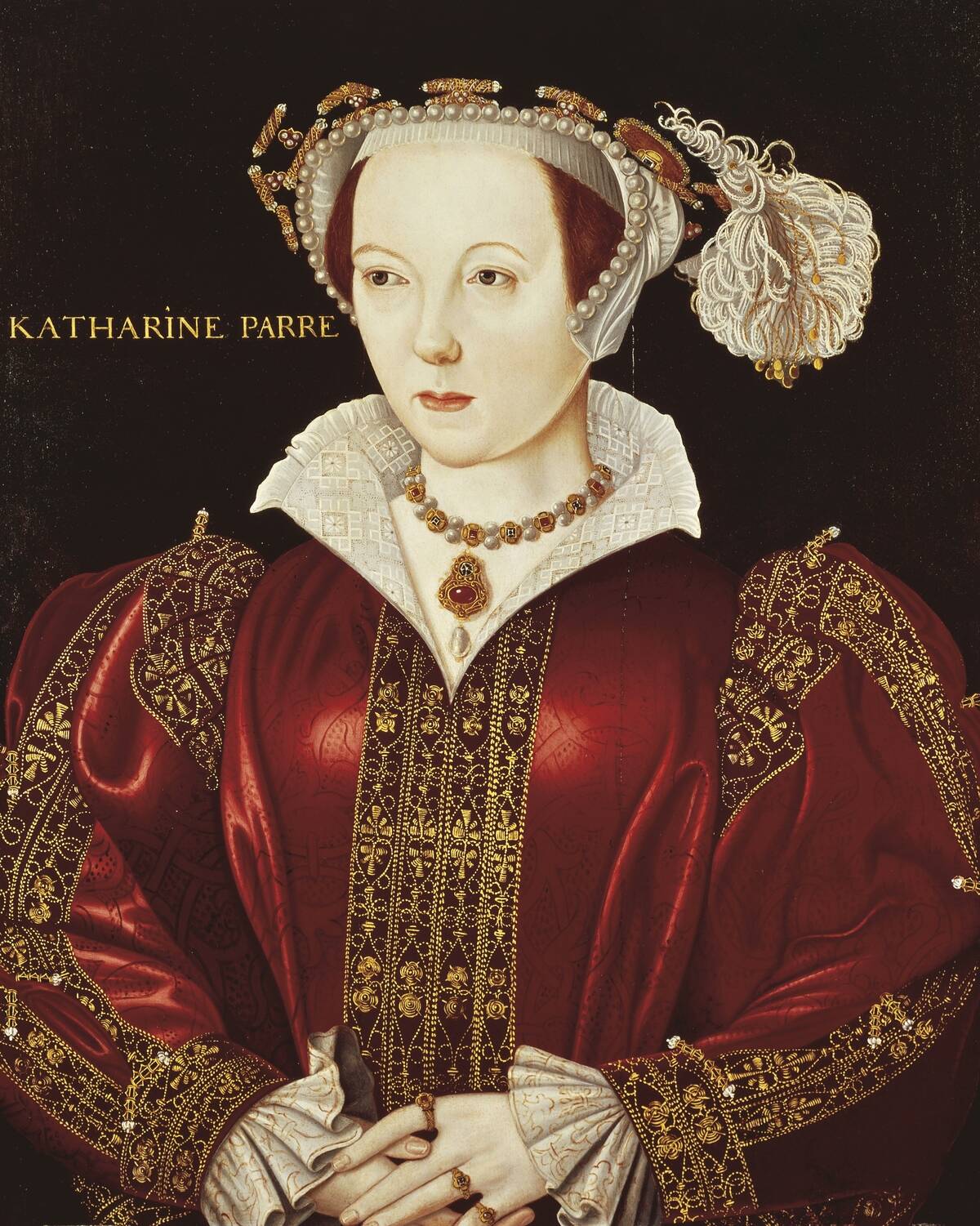
During Henry’s final years, Katherine Parr provided stability and care. Her nurturing presence helped manage Henry’s declining health, and she acted as regent during his military campaigns.
Katherine’s scholarly pursuits and religious interests influenced the royal court, leaving a lasting impact. After Henry’s death, she remarried and continued to champion education and reform, cementing her legacy as one of Henry’s most enduring queens.
The Aftermath: Life After Henry VIII
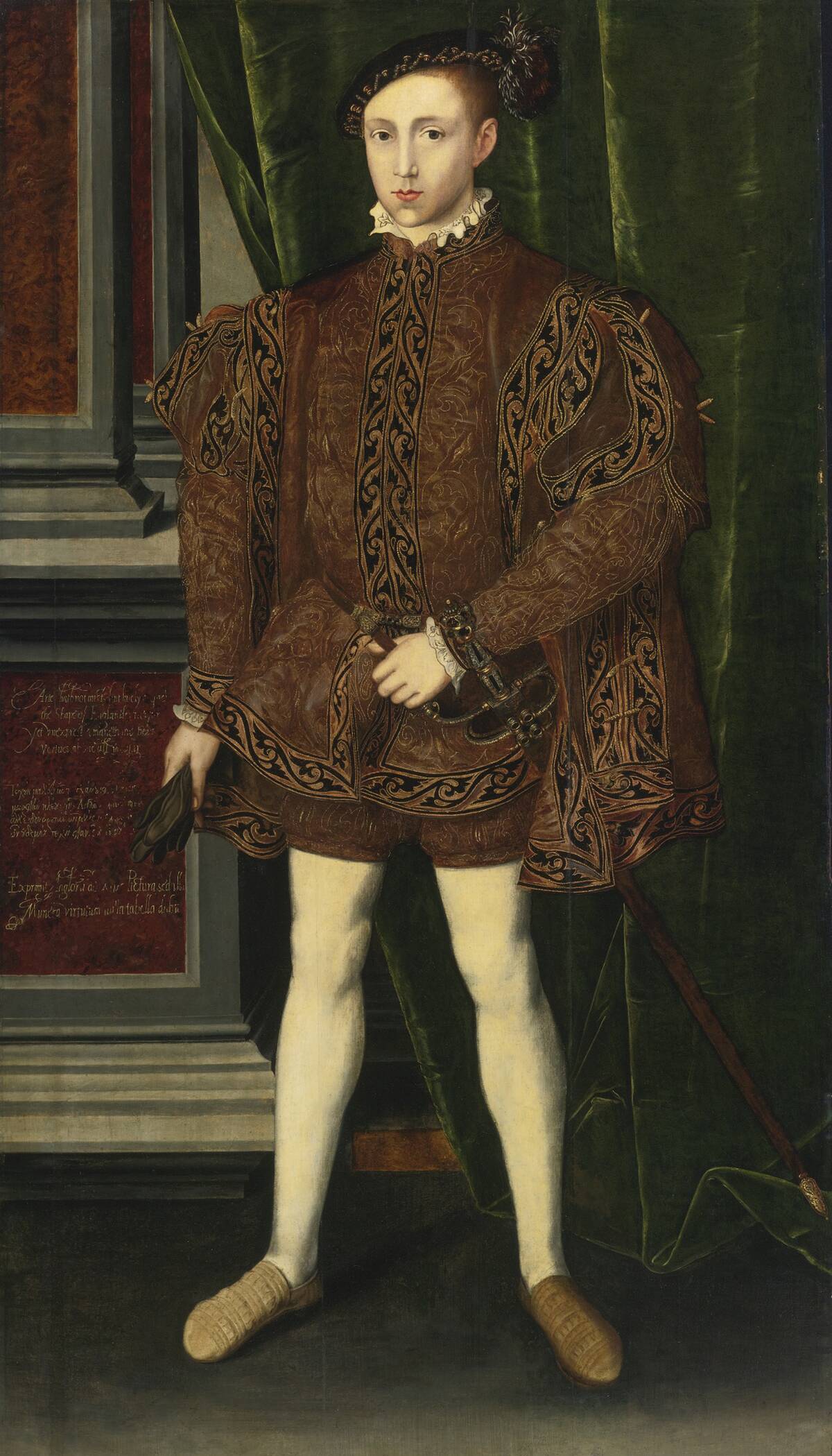
Following Henry VIII’s death, the Tudor court underwent significant changes. His only male heir, Edward VI, took the throne but ruled for a short time.
The subsequent reigns of Mary I and Elizabeth I were shaped by the religious and political upheavals of their father’s marriages. Henry’s legacy was a kingdom transformed by religious reform, with a lineage marked by strong, influential queens who left their mark on history.



